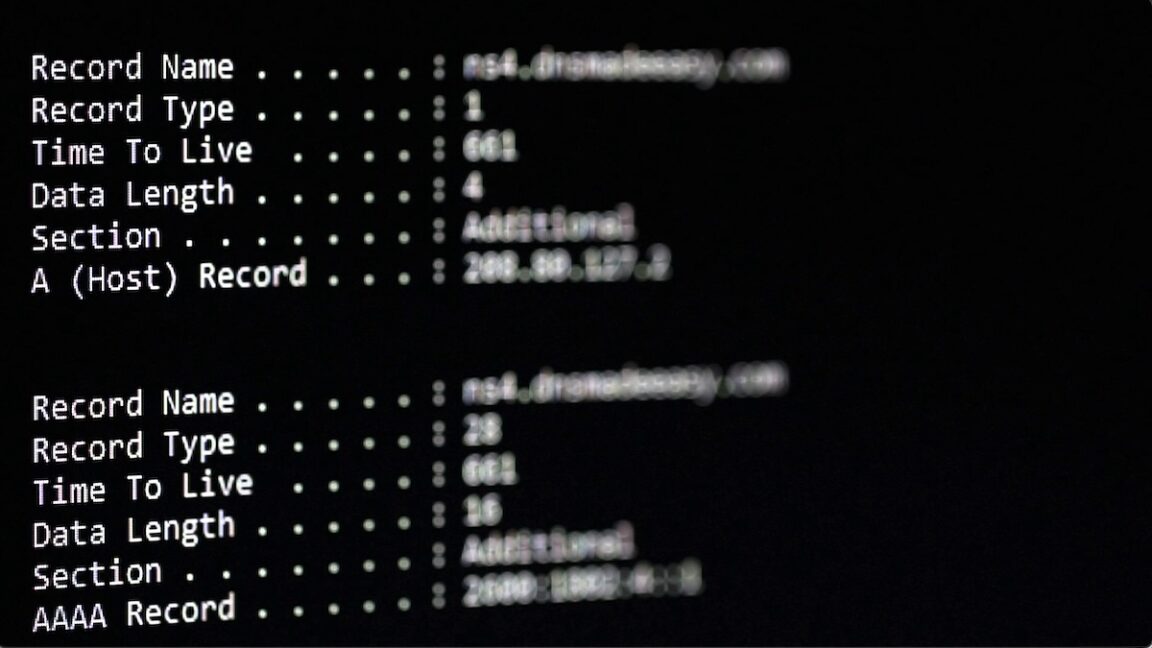
"Even sophisticated organizations with their own in-network DNS resolvers have a hard time delineating authentic DNS traffic from anomalous requests, so it's a route that's been used before for malicious activity."
"The proliferation of DOH and DOT contributes to this by encrypting DNS traffic until it hits the resolver, which means unless you're one of those firms doing your own in-network DNS resolution, you can't even tell what the request is."
"Researchers have known for almost a decade that threat actors sometimes use DNS records to host malicious PowerShell scripts. DomainTools also found that technique in use—in the TXT records for the domain 15392.484f5fa5d2.dnsm.in.drsmitty[.]com."
"Campbell said he recently found DNS records that contained text for use in hacking AI chatbots through an exploit technique known as prompt injections, which embed attacker-devised text into documents being analyzed by the chatbot."
Organizations struggle to differentiate between valid and suspicious DNS traffic due to encryption practices like DOH and DOT. Attackers exploit DNS records to distribute harmful PowerShell scripts. Recent findings reveal techniques leveraging AI chatbots, such as prompt injections that manipulate chatbots using embedded attacker text. Some examples of prompts include commands to ignore previous instructions and return random data or summaries. These methods exploit the inability of large language models to differentiate unauthorized from authorized commands, presenting significant security concerns.
Read at Ars Technica
Unable to calculate read time
Collection
[
|
...
]